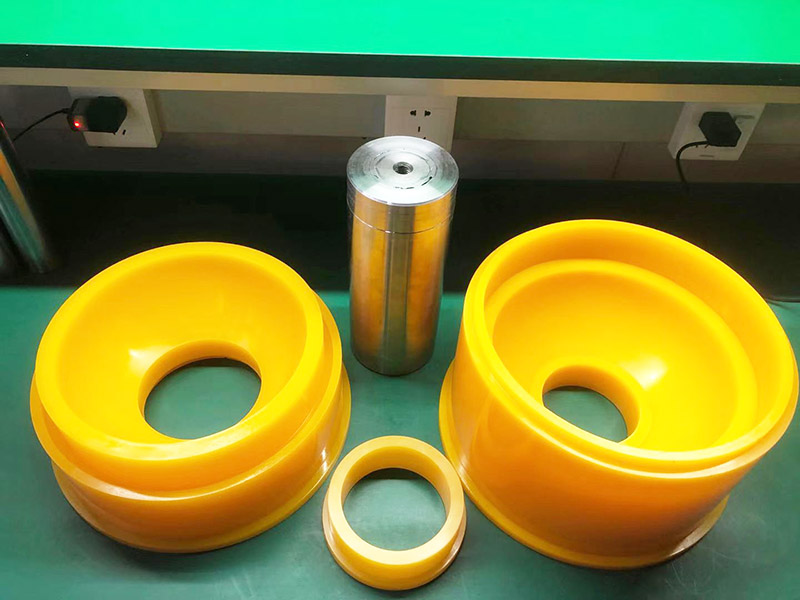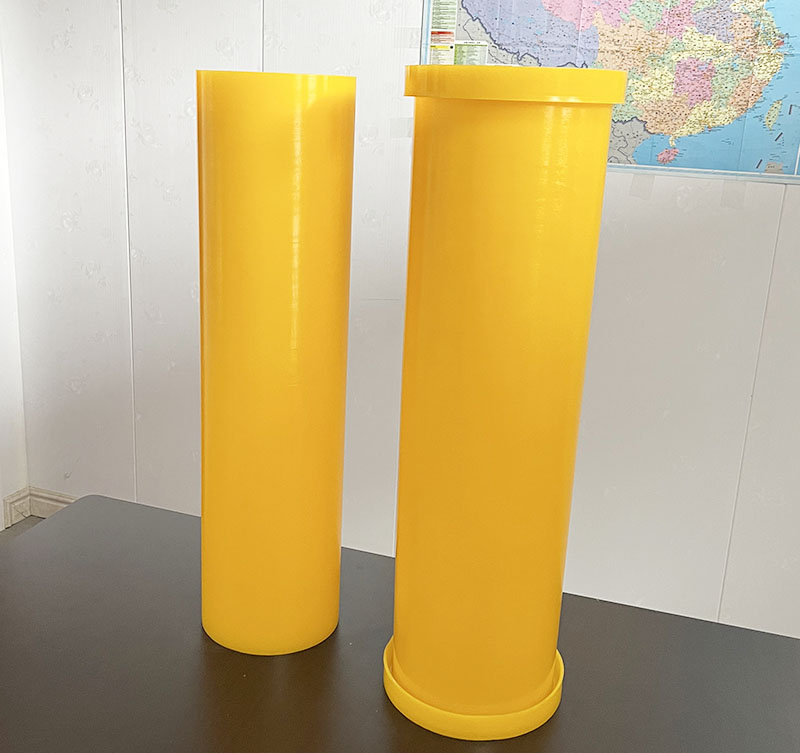

About Cold Isostatic Pressing
What is CIP?
Cold isostatic pressing (CIP) is defined as a compaction process for powders confined in an elastomer mold. The mold is then placed in a pressure chamber, a liquid medium is pumped in, and the mold is uniformly subjected to high pressure from all sides. CIP is utilized with powdered metallurgy, cemented carbides, refractory materials, graphite, ceramics, plastics, and other materials.
The Principle Involved
It utilizes the principle proposed by the French scientist Blaise Pascal, which states, “A change in the pressure of an enclosed incompressible fluid is conveyed undiminished to every part of the fluid and the surface of its container.” The process involves, powder materials being sealed in a forming mold with low deformation resistance like a rubber bag to apply liquid pressure. Then, the molded body is compressed uniformly over its entire surface area by transmitting the liquid pressure.

Metal Mold Pressing v/s CIP
Metal mold pressing is very similar to Cold Isostatic Pressing. In this pressing method, powder materials are placed into a space confined by the metal mold and the lower punch. Then, they are compressed by narrowing the distance between the upper and lower punches.
Metal mold pressing equipment for industrial utilization is comprised of a series of automated processes from powder filling to the removal of a molded body. Single-acting pressing compresses powder into shape with the lower punch fixed. The lower part of the molded body will have a lower density than its upper part because of the frictions between the powder and the metal mold or the punch, and between powder particles.
The difference lies in the principle that both the methods utilize for the pressurization processes. CIP applies isostatic pressure to materials using liquid pressure, while metal mold pressing applies only uniaxial pressure. Therefore, CIP can generate a product with a uniform density and homogeneity because of no frictions with a metal mold.

Merits of CIP Process
· High compaction and uniform density offer predictable compression during the subsequent sintering process.
· The process has the ability to process large, complicated, and perfect shapes. It saves time and cost during after-treatment.
· It can generate large aspect ratio parts (greater than 2:1) and that too with uniform densities.
· Green strength permits in-process handling and treatment and reduces production costs.

We support all kinds of customization, if you need it, please contact us.
Phone/whatsapp:+86 18234744811
Email:sales@highindustryco.com









